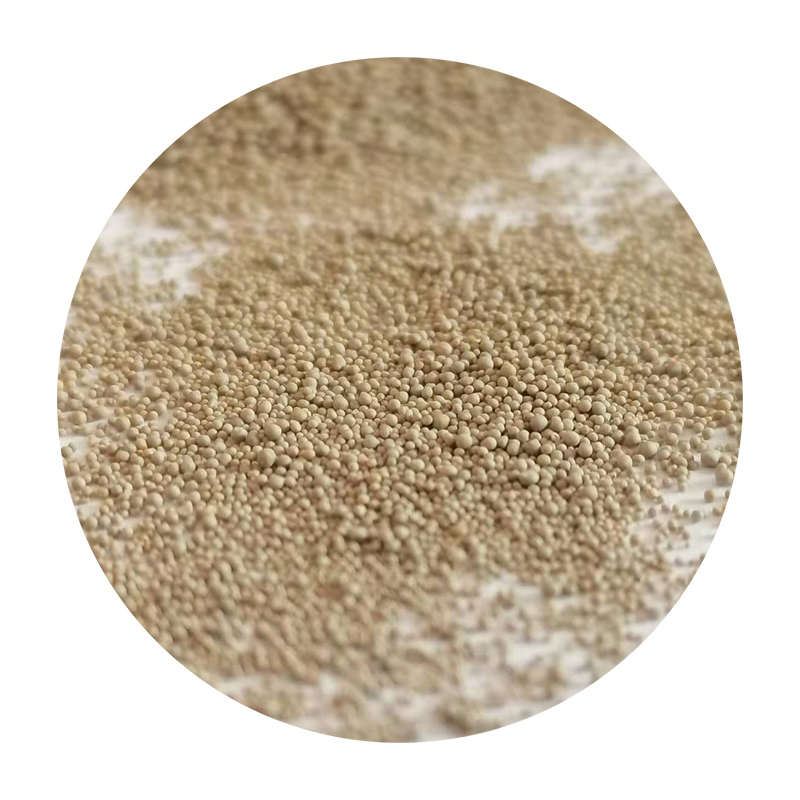How to Sand 3D Prints A Step-by-Step Guide
3D printing is an incredible technology that allows creators to bring their ideas to life. However, one common challenge many face after the printing process is achieving a smooth, professional finish on their prints. Sanding is a vital part of post-processing that can significantly enhance the quality of your 3D printed parts. Here’s a step-by-step guide on how to effectively sand your 3D prints.
Step 1 Gather Your Materials
Before you begin sanding, make sure you have the right tools at your disposal. You’ll need various grit sandpapers, preferably starting from coarse (around 80-120 grit) to finer grits (up to 1000 grit). Additionally, have a dust mask, safety goggles, and a spray bottle with water for wet sanding. A sanding block or sponge can also be handy for larger surfaces to ensure an even application of pressure.
Step 2 Initial Sanding
Start with the coarse grit sandpaper. Lightly sand the entire surface of the print to remove any visible layer lines and imperfections. Be careful not to over-sand any specific areas, as 3D prints can have delicate features that might become damaged. Always sand in a consistent direction to achieve a uniform surface.
Step 3 Gradually Switch Grits
how to sand 3d print

Once the initial sanding is complete, gradually move to finer grit sandpaper. This step is crucial because it helps to eliminate any scratches left by the coarser grit. Continue sanding, making sure to keep the surface even and smooth. Wet sanding with finer grits can help reduce dust and achieve a smoother finish. Keep the surface damp but not soaked.
Step 4 Inspect and Repeat
Periodically inspect your work to ensure you’re happy with the finish. If necessary, repeat the sanding process with finer grits until you achieve the desired smoothness. It’s often helpful to clean the print between grits to see any imperfections that need further attention.
Step 5 Finishing Touches
After reaching the desired smoothness, you can consider applying a primer or a clear coat for added protection and to enhance the appearance further. This step is especially beneficial if you plan to paint your print afterward.
In conclusion, sanding your 3D prints is an essential part of achieving a high-quality finish. With the right techniques and materials, you can transform your prints from rough to refined, ready for display or functional use. Happy sanding!
Post time:Noy . 20, 2024 16:45
Next:supersand
